A Look Inside CrossChill Copper On Maximus VII Formula
ROG's Hybrid cooling blocks are designed to work on both air and water; they don't have to be water cooled, they just work better when you do as water is better at absorbing and transferring heat. They are designed to be an easy addition to an existing water cooling kit, simply throw on a couple of standard G1/4 barbs and add it into your loop.
In the past two years ROG has re-introduced and re-invented the hybrid cooling concept for motherboards, from the 2012 Fusion Thermo on the Maximus V Formula and 2013's CrossChill on the Maximus VI Formula, the design has continued to evolve to offer better performance and quality.
2014's Maxmus VII Formula integrates an updated CrossChill Copper, now with a fully copper core. Despite the fact that 2013's CrossChill was deep-anodized aluminum that was proven to resist corrosion, water cooling fans still prefer a fully-copper system, and with coppers increased specific heat capacity it provides a better thermal transfer material for water blocks, thus, the decision was taken to upgrade.
CrossChill Copper is constructed from an aluminum thermal mass base, with fins to disperse the heat in air cooled use, with a flush fitting copper inlay in the water cooling channel. This is capped off and sealed by a strong ABS plastic cover, which is immune to corrosion and works well with barbs. We've tested VRM temps being brought down up to 23C by water cooling, although the exact number will vary by ambient temperature and water cooling loop performance.
This demonstration during Computex 2014 showed the difference between water and air cooling. The OC Panel on the right measured the temperature difference as 40.1C versus 54.8C in this example.
The CrossChill Copper cooler is designed to sit discreetly beneath the ROG Armor, as shown below, with its G1/4 sockets easily accessible and air cooling fins poking out from underneath.
Author
Popular Posts

How to adjust your laptop's P-Cores and E-Cores for better performance and battery life
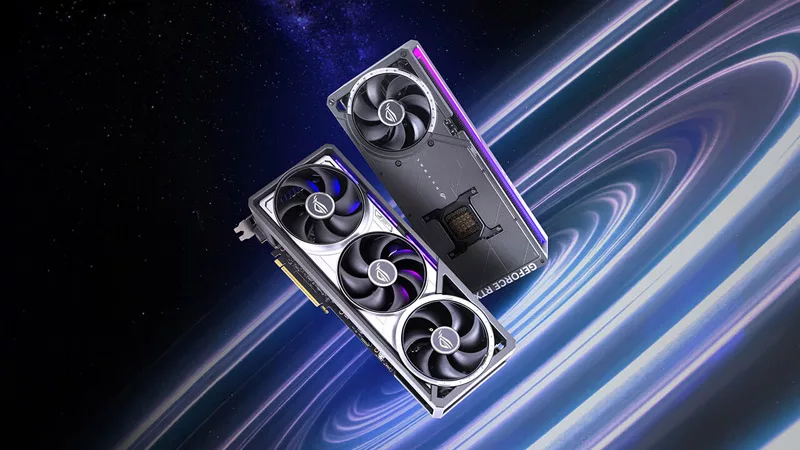
Introducing the ROG Astral GeForce RTX 5090 and 5080: a new frontier of gaming graphics

How to Cleanly Uninstall and Reinstall Armoury Crate
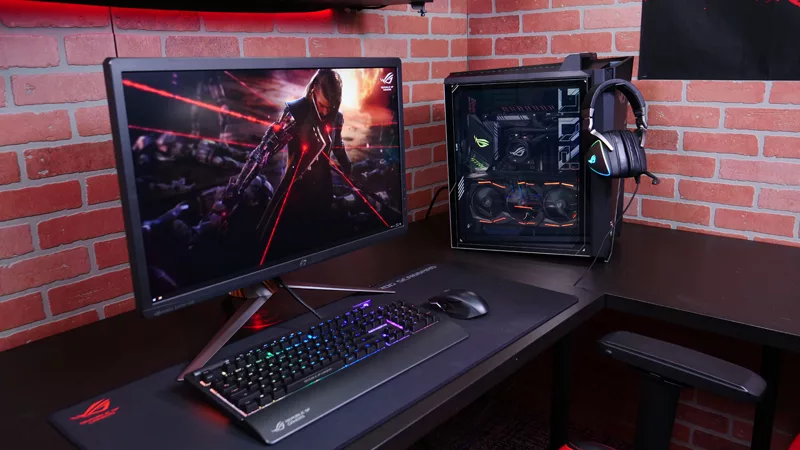
How to configure your PC's RGB lighting with Aura Sync
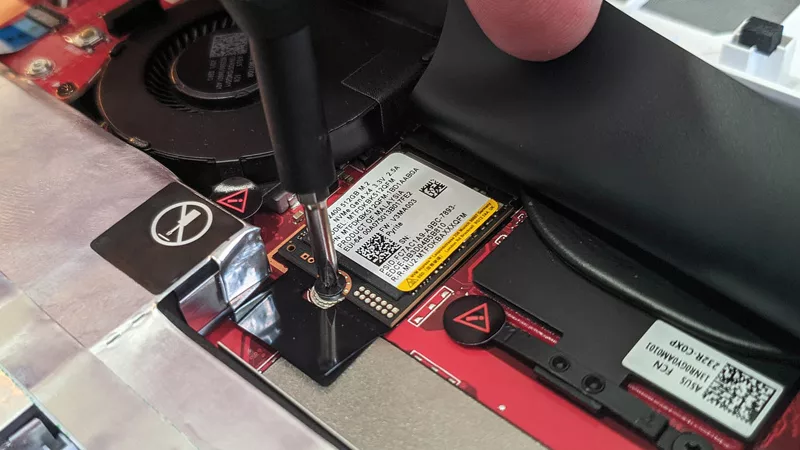
How to upgrade the SSD and reinstall Windows on your ROG Ally or Ally X
LATEST ARTICLES
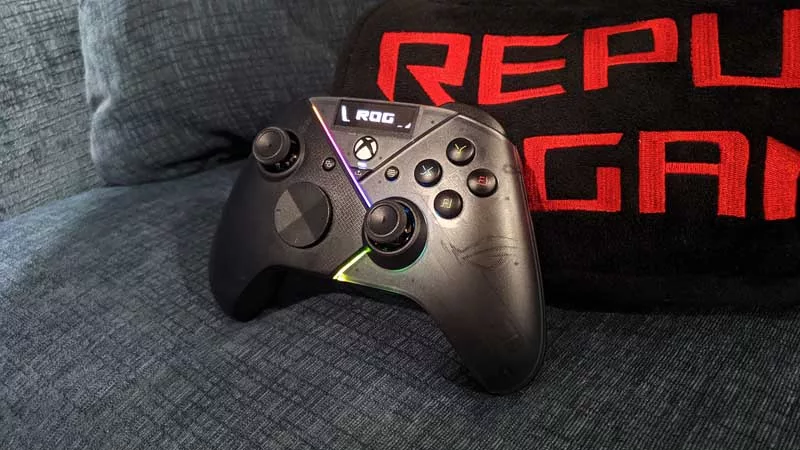
Hands-on: The ROG Raikiri Pro took my couch gaming to the next level
I've been a diehard PC gamer all my life, but I often play on the couch. The ROG Raikiri Pro has improved my living room PC gaming immeasurably thanks to a few useful features and loads of customizability.
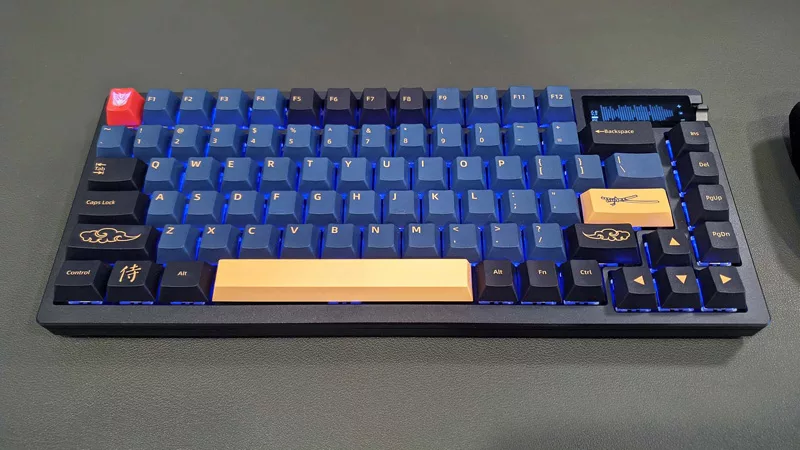
Hands-on: The ROG Azoth became the canvas for the keyboard of my dreams
Ever since I bought my first mechanical keyboard, I’ve been on a mission to mod and upgrade, mod and upgrade. But I think the ROG Azoth may actually be my endgame.
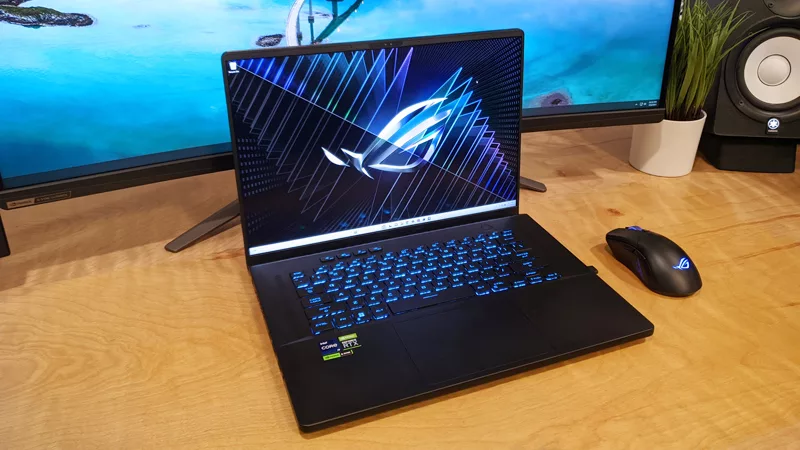
The Zephyrus M16 blends outstanding HDR gaming performance with undeniable luxury
The new ROG Zephyrus M16, with its Nebula HDR display, is like bringing a high-end home theater gaming setup with you wherever you go.
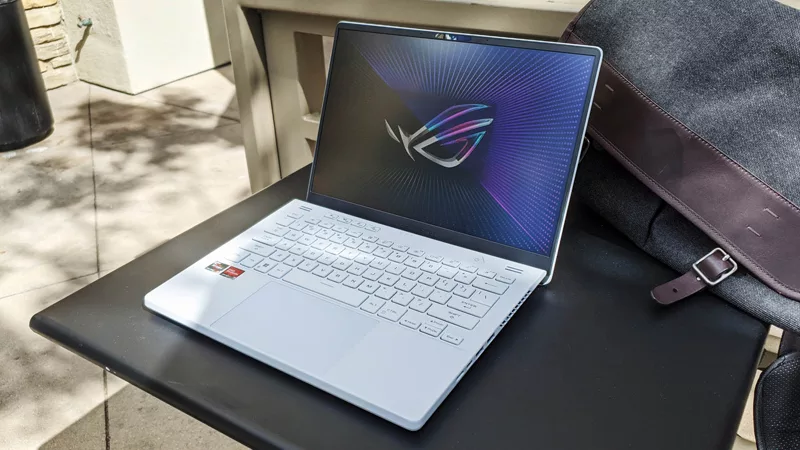
Radeon graphics and a stellar new display reinvigorate 2022 ROG Zephyrus G14
For a long time, I had to choose between underpowered ultraportable laptop and large laptops capable of gaming. But the ROG Zephyrus G14 puts admirable gaming chops into an ultra portable machine that travels anywhere.
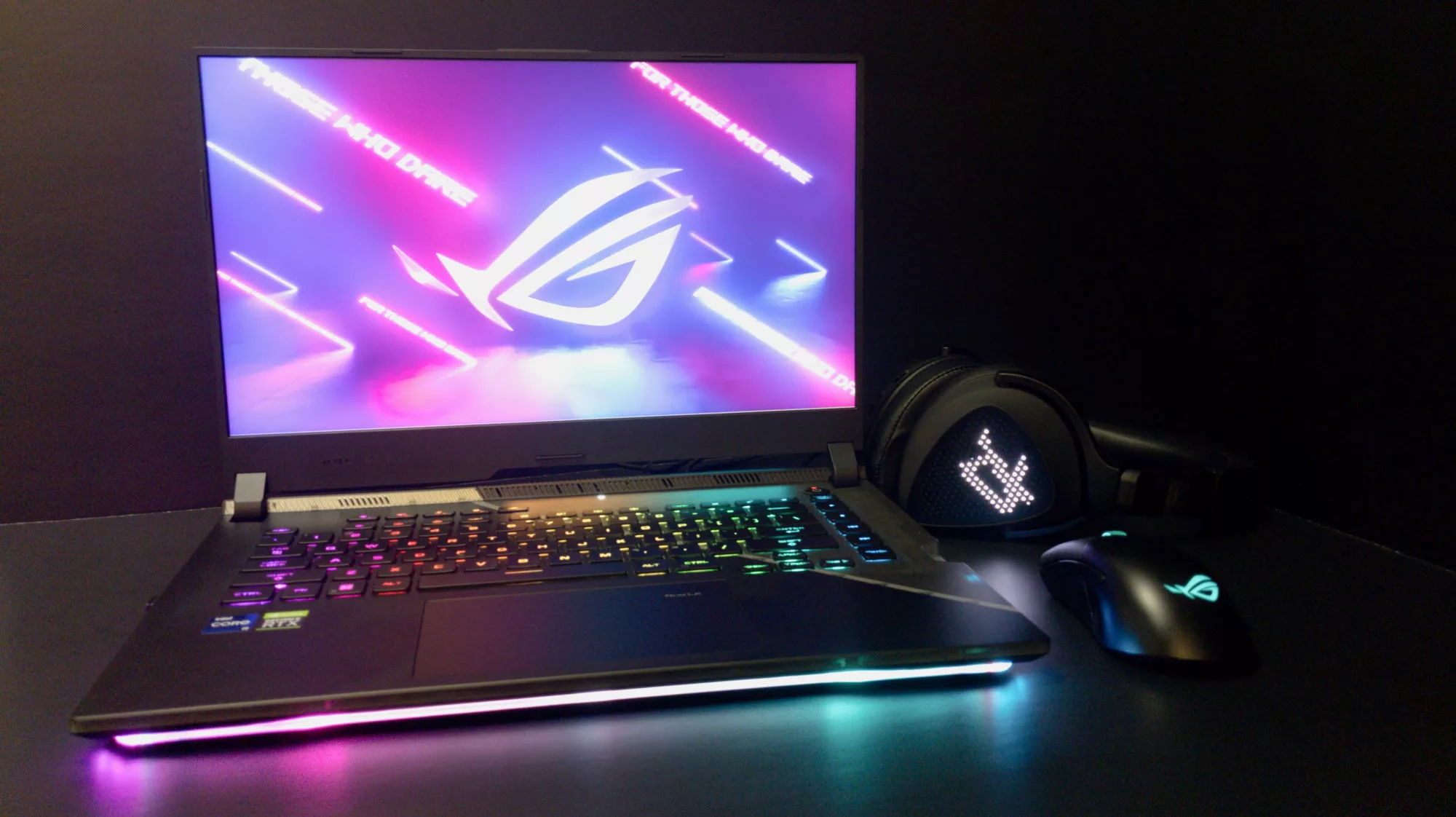
Ready to rumble out of the box: Hands-on with the ROG Strix SCAR 15
Living on the move or in a smaller space isn't a roadblock to high-end gaming. The ROG Strix SCAR makes portable powerful.
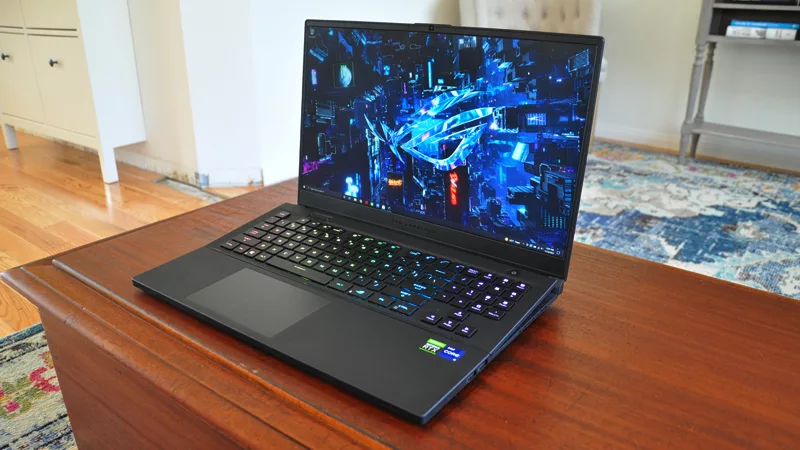
The ROG Zephyrus S17 is an outstanding mixture of power and portability
The S17 has it all: top-tier hardware in a slim package with all the bells and whistles.



